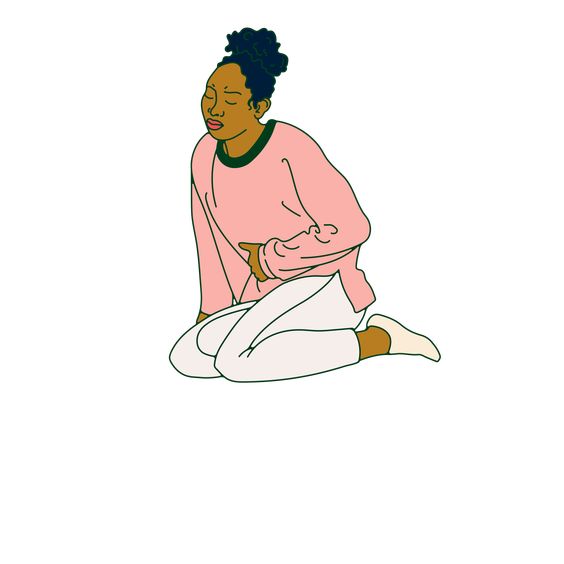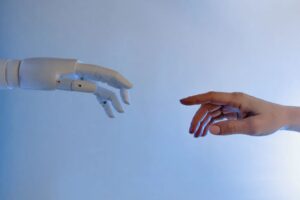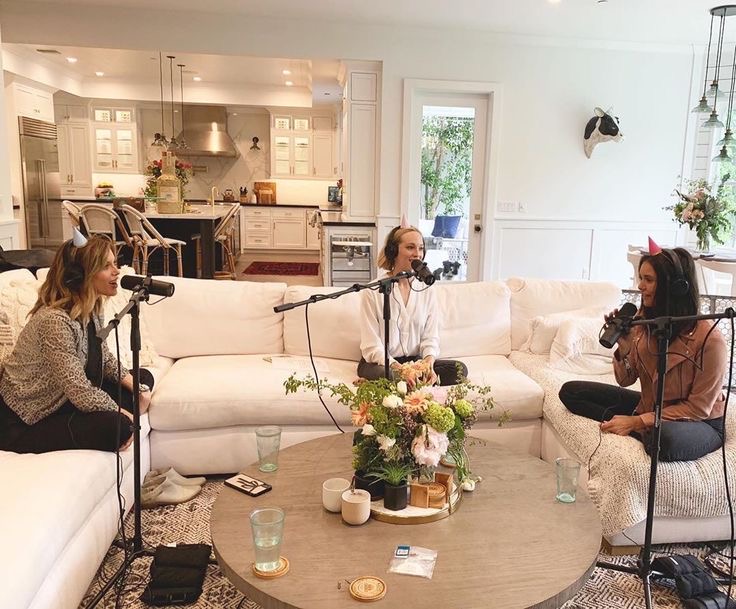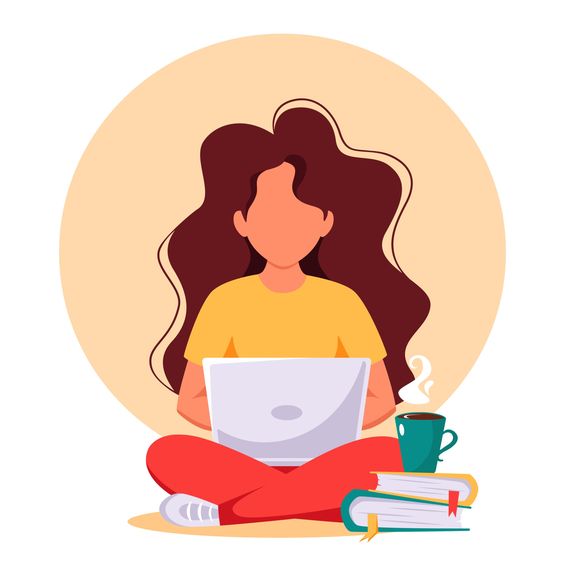The menstrual cycle is a process that occurs monthly along with all it’s baggage that includes cramps, mood swings, and other symptoms that are otherwise painful. So if a girl tells you to back off during that time of the month, you better do it or else you’ll be met with consciousness that you are not ready for.
What Is Menstruation?
The menstrual period prepares the female body for pregnancy, so when pregnancy doesn’t happen the hormones send a message to the uterus to start removing the thickened tissue that was supposed to support the fetus. This thickened tissue and the blood surrounding it flow from the uterus, through the cervix, and out of the vagina. This process is what we call the period, and once it starts, the cycle continues.
How we measure the cycle is by determining the first day of the flow to the first day of the next time the period occurs. It could usually last from 28 to 29 days, however, in teens or when it first starts it could be a little irregular and could last more or less days

The first stage of the monthly cycle is menstruation which we’ve already covered, what happens after is what’s called The Follicular Phase. The follicular phase begins on the first day of your period and it lasts for maximum of 14 days, ending with ovulation, the brain releases a hormone that follicles on the surface of the ovary, however only one follicle will mature to produce an ova.
Up next is Ovulation. It’s when the egg moves through the fallopian tube and into the uterus, it usually happens about two weeks before the next period. Ovulation can last from 16 up to 32 hours, and it’s when pregnancy is most likely to happen including the three days leading up to the ovulation.
Lastly, it’s the Luteal Phase, if there’s no pregnancy after the ovulation the ovary cells or the corpus luteum dies causing the progesterone levels to drop allowing the lining of the uterus to shed once again.

Period Symptoms
The period symptoms could variate from one person to another, however, these are the most common symptoms:
- Mood Swings
- Food Cravings
- Binge Eating
- Bloating
- Headaches
- Acne
- Trouble Sleeping
- Stomach Aches

Diets
Taking care of what you eat during your period is important as you lose lots of nutrients while bleeding, so replacing them is necessary. While menstruating you’ve got to avoid fats and salty foods, try eating hearty stews or warm soups, but of course, we all know the best thing is to give in to those cravings and enjoy a full Nutella jar.
After the bleeding stops, try to increase fiber, iron, and vitamin B12 levels. It’ll be food like red meat, poultry, salmon, eggs, and cheese.
While ovulating you want to include fruits and veggies, fish, and nuts in your diet as they rich in protein, fibres, and omega-3
In the days before your period starts again, eating foods rich in magnesium, B vitamins, and calcium is a must. Try increasing foods like dark chocolate, sweet potatoes, grain, and lentils.
It’s also important to take care of your physical well-being during your period, so don’t stay cooped up on your bed under the blankets with a bunch of junk food, next time go outside and take a walk in the sun, your body will thank you for the dose of vitamin D, go to the gym or follow a workout in the comfort of your own home, here’s a workout for you to do, thank me later:) https://www.mindbodygreen.com/articles/period-workout
If you ever face any abnormalities during your period don’t hesitate to consult a doctor, it could be harmful if it’s not treated quickly.
Here’s a three-minute video explaining more about the menstrual cycle:
Check out more of our period-related content! https://uthhub.com/saathi-1-womans-mission-to-end-period-poverty/












